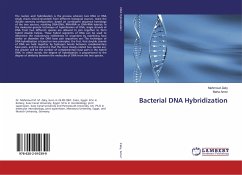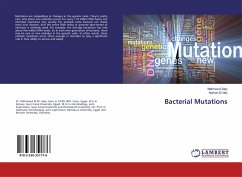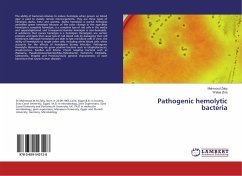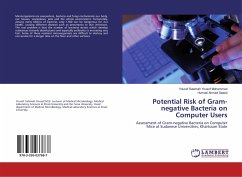The nucleic acid hybridization is the process wherein two DNA or RNA single chains (mono-stranded) from different biological sources, make the double catenary configuration, based on contingent sequence homology of the two sources, resulting DNA-DNA, RNA-RNA or DNA-RNA hybrids. In the molecular genetic technique of hybridization of DNA, single strands of DNA from two different species are allowed to join together to form hybrid double helices. These hybrid segments of DNA can be used to determine the evolutionary relatedness of organisms by examining how similar or dissimilar the DNA base pair sequences are. The technique of DNA hybridization is based on two principles: the first, that double strands of DNA are held together by hydrogen bonds between complementary base pairs, and the second is that the more closely related two species are, the greater will be the number of complementary base pairs in the hybrid DNA. In other words, the degree of hybridization is proportional to the degree of similarity between the molecules of DNA from the two species.
Bitte wählen Sie Ihr Anliegen aus.
Rechnungen
Retourenschein anfordern
Bestellstatus
Storno








